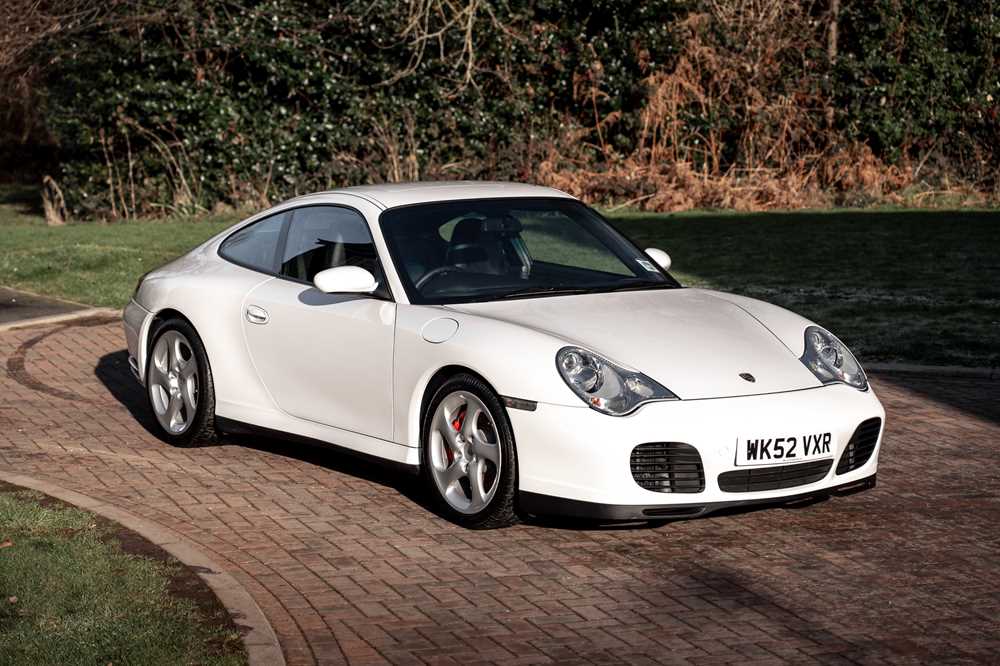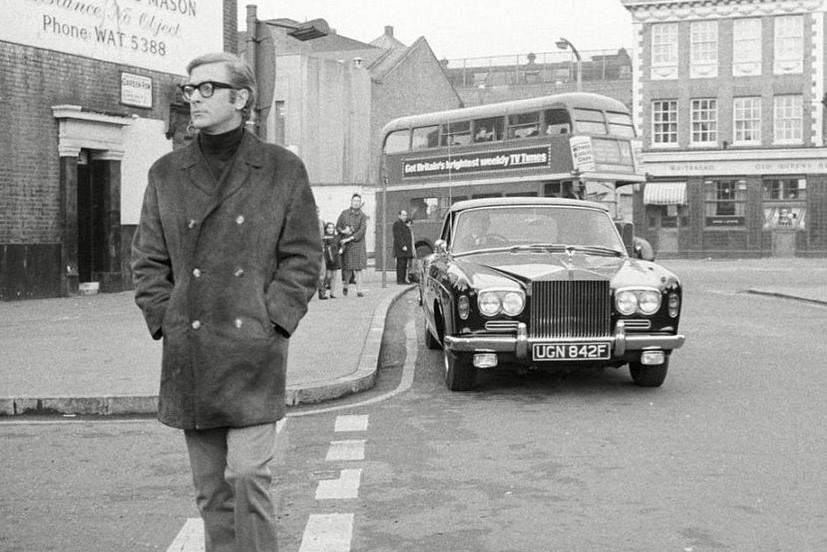24th May, 2006 0:00
Syon House

1929 Duesenberg Model J Convertible Coupe
Sold for £371,250
(including buyers premium)
Registration No: BS 9838
Chassis No: 2168
Mot Expiry: Aug 2006
"The superlatively fine has no need to be boastful. Always there is devotion to an ideal with only one thought in mind: to produce the best, forgetful of cost or expediency or any other consideration. When this is finally accomplished, the work is acclaimed as a masterpiece by those who are in a position to know; it is recognised as a standard by which all other things of its kind are judged . . . this is true whether the creation be a Taj Mahal, a Grecian vase, Cellini's metal craft, a Rembrandt painting - or a Duesenberg car" (Duesenberg Model J sales brochure)
Introduced at the December 1928 New York Automobile Salon the Model J quickly established itself as the undisputed heavyweight champion of the luxury grand tourer world. More powerful than later domestic rivals such as the Cadillac V16 (7.4 litre, 165bhp), Marmon V16 (8.0 litre, 200bhp), Packard Twelve (7.3 litre, 180bhp) and Pierce Arrow Silver Arrow (7.6 litre, 175bhp), it also out-pointed the likes of the Bentley 8 Litre (200bhp), Hispano-Suiza Type 68 J12 (9.4 litre, 220bhp), supercharged Mercedes-Benz 770K (7.7 litre, 200bhp) and Maybach DS8 V12 (8.0 litre, 200bhp). Indeed, the only engine which bettered the Duesenberg's much vaunted 265bhp and 374lbft outputs was another iconic straight-eight, namely the colossal 12.7 litre monolith found under the bonnet of the Bugatti Type 41 Royale (variously rated at between 275bhp and 300bhp).
Designed by Fred Duesenberg to a brief laid down by Errett Lobban Cord (who had acquired the previously bankrupt Duesenberg Motors Inc in 1926), the Model J was intended to "outclass, outrun and outlast any car on the road". Begotten from years of hard fought racing experience (Fred and August Duesenberg had been competing at Indianapolis since 1914), its exceptionally advanced 6.9 litre (420ci) powerplant boasted a massive (circa 150lbs) five-bearing crankshaft adorned with vibration dampening mercury cartridges (which helped keep it both statically and dynamically balanced). Supposedly capable of running at anything from 100rpm to 5,000rpm, the remarkable unit's detachable cylinder head housed triple-row chain-driven double overhead camshafts that operated no fewer than thirty-two valves (sixteen inlet / sixteen exhaust) via bucket tappets. The truth of Duesenberg's horsepower claims remains open to debate with some parties suggesting they were artificially low due to the limitations of contemporary dynamometers, while others cite Robert Dearborn's 'Technical Ramblings' piece in the May 1953 issue of Road & Track magazine which alleged that most production engines were detuned to 205bhp and 335lbft of torque in the interest of reliability (data that still equated to a class beating 29.8bhp per litre).
Whatever the exact figures, they proved too much for the four-speed manual transmission initially fitted to the Model J which soon gave way to a far sturdier three-speed assembly (indeed, such was the factory's obsession with fine-tuning its new creation that customer deliveries did not begin until May 1929). A past master of the notoriously rough 'Brickyard' whose machines had racked up three Indianapolis 500 victories (1924, 1925, 1927) and numerous podiums, Fred Duesenberg's genius extended beyond the internal combustion engine. Intended to carry the finest coachwork imaginable and yet remain stable at three figure speeds, the Model J's chassis was thoroughly conventional but beautifully wrought. Reinforced by six crossmembers, the low-slung double-dropped frame utilised eight-inch deep side rails, semi-elliptic leaf-sprung suspension and hydraulic shock absorbers. With most variants apparently able to achieve 60mph in first gear, 89mph in second and 116mph - 119mph in top, the provision of all round fifteen-inch hydraulic drum brakes proved entirely sensible (Duesenbergs had been famed for their stopping power ever since Jimmy Murphy drove a similarly specified racer to victory in the 1921 French Grand Prix at Le Mans - averaging 78.1mph despite a holed radiator).
However, not every aspect of the design was so successful. The Model J's self-lubrication mechanism - like the Luvax-Bijur one later used by various European manufacturers - was prone to blockages if neglected, while its ingenious dashboard 'dummy light' system which reminded the driver to change the engine oil every 1000 miles and check the battery water every 1400 miles was notoriously unreliable (a decidedly complex affair it relied on an engine-driven box of planetary gears). Then again, modern computer-controlled 'service indicators' are not always perfect either. In production for nine years, just 481 Model Js are thought to have been made (including some 36 supercharged SJ variants). Costing $8,500 in bare chassis guise at a time when a Ford Model A Tudor retailed for $525, the mighty Duesenberg was hit harder than most by the repercussions of the October 1929 Wall Street Crash. Although, a complete car might require an outlay of anything from $14,000 to $25,000, it was not just price that limited the sales of 'America's most expensive automobile' as Duesenberg stylist Gordon Buehrig explained during a 1989 interview: "A lot of owners in the luxury car market had chauffeurs, and they were primarily interested in comfort and in design detail and so forth, but the one thing that Duesenberg had that the others didn't have, was a top speed of probably 20 miles an hour more than the rest of them. So, this appealed to the sporting individual who liked to drive his own car and might buy a LeBaron phaeton and plan to drive it himself because of the thrill of driving at a 100 miles an hour or better. But to the person buying a town car, that extra performance didn't mean anything. The chauffeur was going to be driving it, and they wanted quiet comfort".
Beginning life with LeBaron Sweep Panel Phaeton coachwork, this particular short wheelbase example (chassis no. 2168, engine no. J-147) was purchased new on July 9th 1929 by H. Leslie Atlass. A battery maker turned radio pioneer whose WBBM-AM station had become affiliated to CBS in 1928, he and his brother Ralph received a $265,000 windfall the following year when the broadcasting giant purchased a 67% stake in their company. Retained as WBBM general manager but relocated to premises within the magnificent Wrigley Building, H. Leslie Atlass celebrated his new found status in Chicago society by acquiring the Model J - a position he would consolidate in 1933 when he was named Vice-President of CBS's Central Section. Perhaps inevitably Atlass came to the attention of fellow Duesenberg owner, Philip Knight Wrigley (son of William Wrigley Junior founder of both the family's chewing gum empire and the Wrigley Building). Born in 1894, the two were further united by a love of jazz. WBBM was the first station in the USA to adopt a jazz format and had featured Jimmie Wade's Moulin Rouge Orchestra as part of its opening-day broadcast (it went onto play more African-American jazz during the 1920s than any other Chicago station).
Possibly enamoured of the more commodious four- / five-seater accommodation offered by his friend's LeBaron Sweep Panel Phaeton bodywork, PK Wrigley convinced Atlass to swap it for the Murphy Convertible Coupe coachwork (body no. 821) that his own Duesenberg wore (chassis no. 2177, engine no. J-121). Believed to have taken place in 1930, this must have been one of the earliest Model J body switches ever performed (though, quite why the two men did not just swap ignition keys remains a mystery). Like many a modern car manufacturer's design studios, coachbuilder Walter M. Murphy was based in Pasadena, California. Renowned for its super-sleek designs, it bodied more Model Js than any other firm (estimates range from 125 to 140 cars). Along with its Convertible Roadster sibling, the two-door Convertible Coupe was by far the most popular bodystyle. Though there were over fifty Convertible Roadsters / Convertible Coupes made, the fact that customers could decide between side- or rear-mounted spare tyres, forward- or rear-hinged doors, disappearing or non-disappearing roof, boot or dickey seat etc in addition to the usual choices as to paint, upholstery and hood fabric meant that even similarly bodied Murphy cars often exhibited a surprising degree of differentiation.
Sporting twin side-mounted spare wheels (topped with rear-view mirrors), a dazzling lighting array (headlights, swivelling driving lights, scuttle running lights, directional spot lights and a 'STOP' inset rear light), dickey seat, ultra-slim windscreen surround (Murphy advertised that the pillars were "narrower than the space between a man's eyes) and rear mounted luggage rack, this Convertible Coupe is wonderfully rakish. A stunning motorcar some seventy-six odd years after its body swap, it is hard to imagine the effect that chassis no. 2168 must have had on its next owner William Veeck Junior of whom The Baseball Reliquary Inc commented: "A self-proclaimed 'hustler', Bill Veeck, Jr. was the greatest public relations man and promotional genius the game of baseball has ever seen. The son of former Chicago Cubs president Bill Veeck, Sr., he got his start in the baseball business selling peanuts and hot dogs at Wrigley Field and was fond of saying that he was 'the only human being ever raised in a ballpark'. Over the course of a fifty-year love affair with baseball, Veeck would own three major league teams and would establish himself as the game's most incorrigible maverick". With WBBM providing live coverage at Chicago Cubs' games, the Duesenberg was a frequent visitor to Wrigley Field where it wove a predictably powerful spell over the aforementioned youthful snack vendor. Promoted to Club Treasurer in the years after his father's death, Veeck Junior was quick to act when Atlass finally relinquished the Model J for a Mercury Town Sedan and some cash in 1940 (by which time it had covered 28,311 miles). In the future baseball mogul's possession for less than two years, the Duesenberg was sold on to buy a half-share in the American Association Milwaukee Brewers baseball team.
Passing through the hands of marque dealer John Troka twice during the 1940s but suffering frost-damage in between times, the Convertible Coupe's engine is thought to have been repaired sometime during the 1950s using components from both J-245 (cylinder block) and J-524 (crankshaft?). Chassis no. 2253 which originally hosted engine no. J-245 also donated its firewall. Thus, while the unit currently fitted to chassis no. 2168 still bears the same 'J-147' number with which it left the factory - it is something of an amalgam. Bought by Jack Siler of Ohio for $35,000 in 1970 (a canny purchase given that Model Js were fetching $140,000 - $160,000 at auction just four years later), it remained in his possession until 1982. Since then, it has had such notable keepers as Ken Behring (founder of the Blackhawk Collection), Robert Gottlieb, The Imperial Palace Auto Collection (1988 - 1998) and Dean Kruse. In the current ownership since 2000, it has been treated to a partial engine rebuild (camshaft buckets etc), new exhaust and brake system overhaul but sparingly used. Showing an unwarranted 67,580 miles on the odometer, chassis no. 2168 is something of a rarity among Model Js in that it has never undergone a full 'nut and bolt' restoration. The recipient of paint, trim and mechanical fettling over the years, it retains a highly presentable yet gently mellowed demeanour. Finished in black with matching black leather upholstery and contrasting tan hood / carpets, it has lost none of its jazz age glamour. Starting readily upon inspection and showing a steady 60psi oil pressure, chassis no. 2168 is perhaps best summed-up in the words of revered Duesenberg authority Randy Ema as a "nice old girl". Listed in 'Duesenberg: The Mightiest American Motor Car' by JL Elbert, this marvellous Model J is offered for sale with MOT certificate valid until August 2006.
Please Note: H&H Classic Auctions Ltd are indebted to marque expert Randy Ema for his assistance in this description. However, the above account of chassis no. 2168's history is by no means definitive and we would ask potential purchasers to satisfy themselves as to its provenance. Furthermore, we would like to point out that while Mr Ema is familiar with the Model J from its time in the States, his contribution to the above text has been limited to the supply of data sheets (copies of which may be viewed in the car's history file).
All successful bids must be paid in full by midday the day after the auction at the latest.
You can collect your new pride and joy from our venue until 1pm the day following the sale or our partners are on hand to help arrange safe transportation:
Auction: Syon House, 24th May, 2006
Do you have an item to sell?
If so, contact one of our friendly specialists for your free valuation by completing the form below and someone will get back to you as quickly as possible.
If you prefer to speak to humans, don't hesitate to call our office on +44 (0)1925 210035


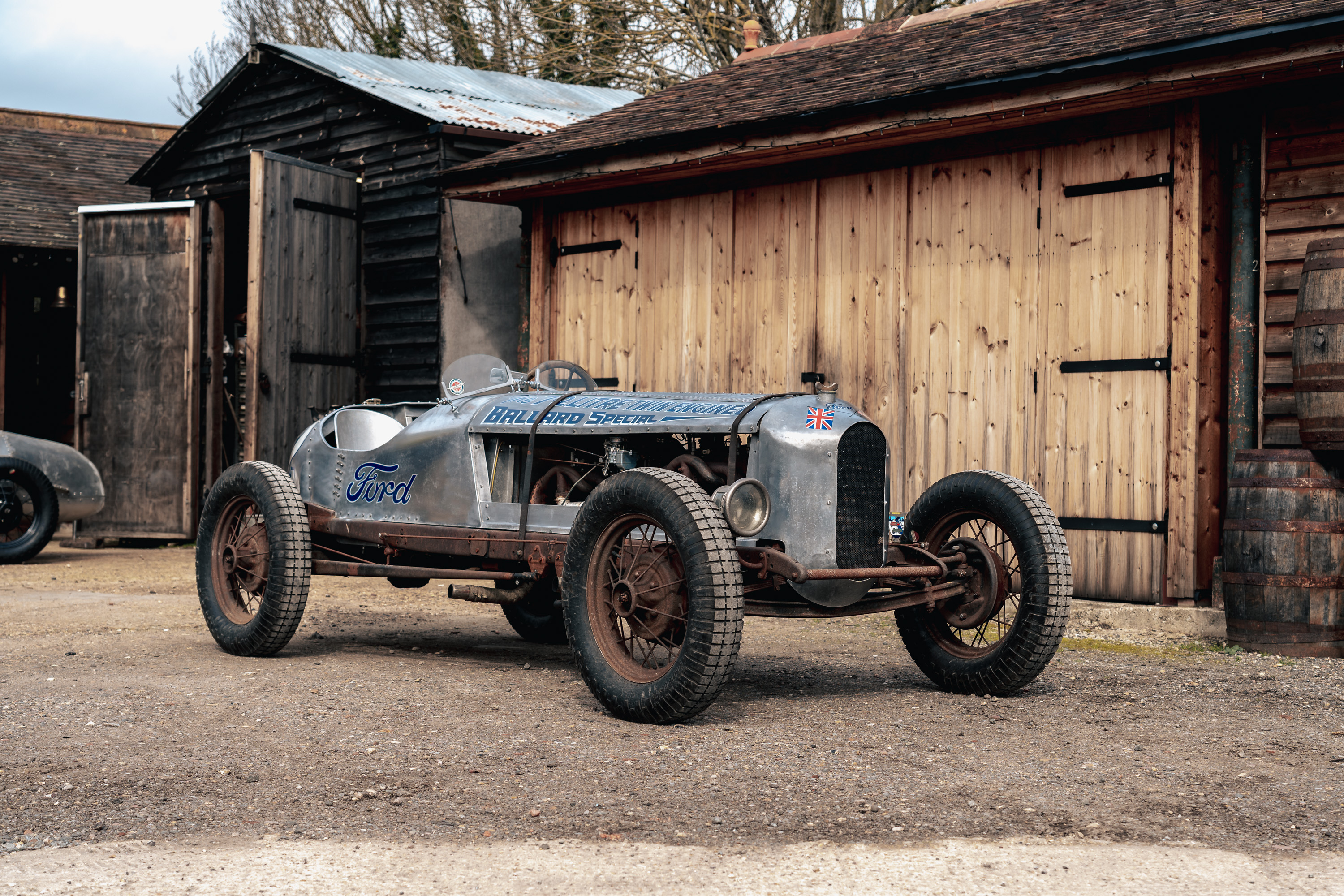


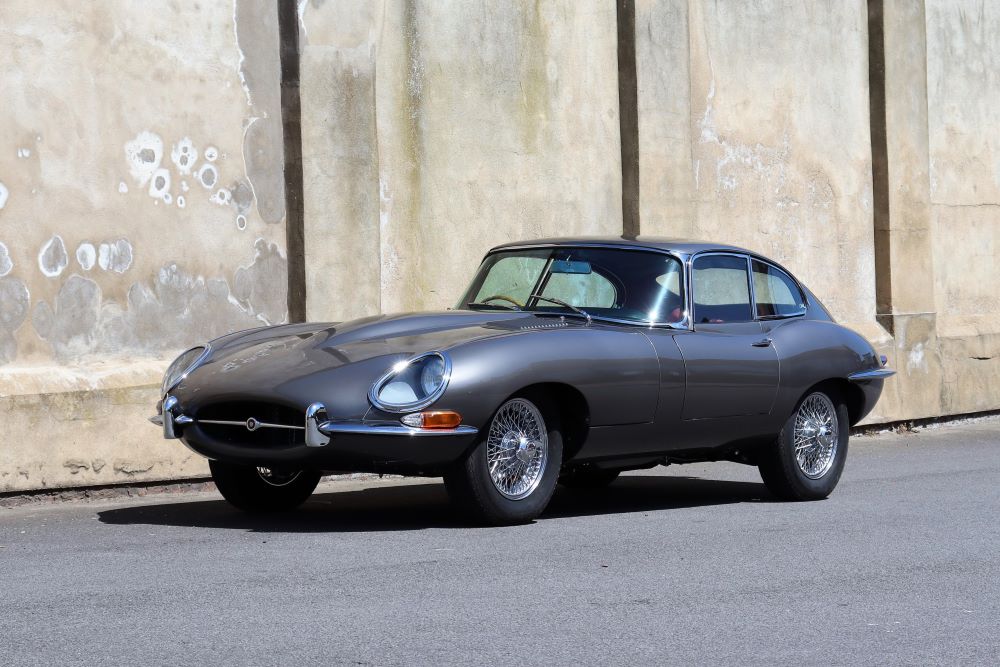


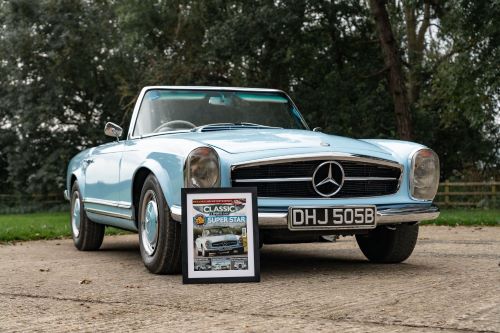






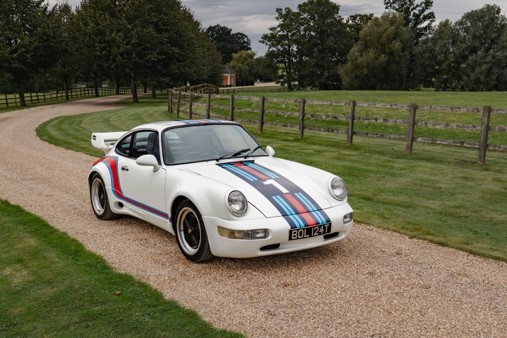




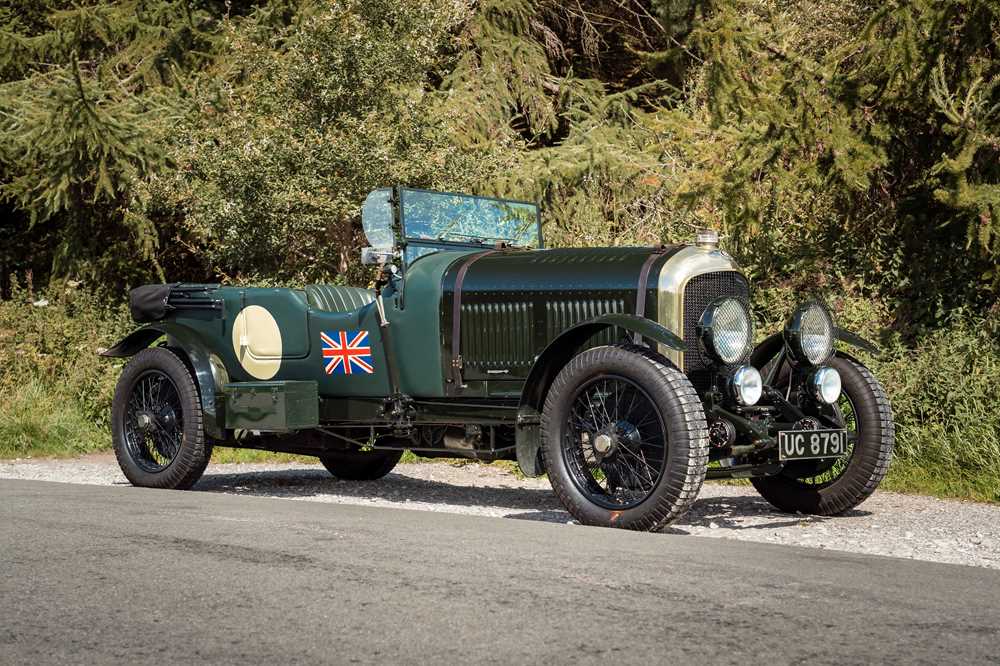
.jpg)

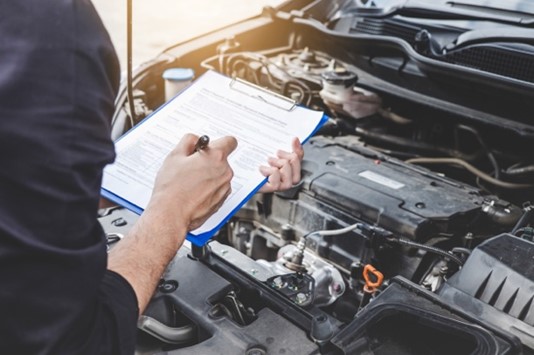



.jpg)
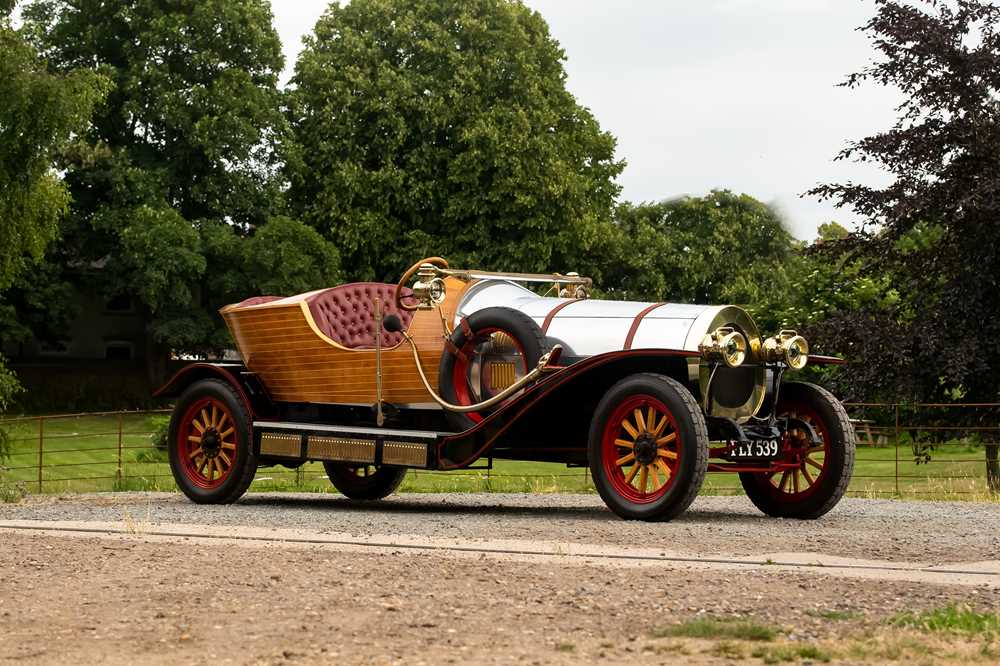

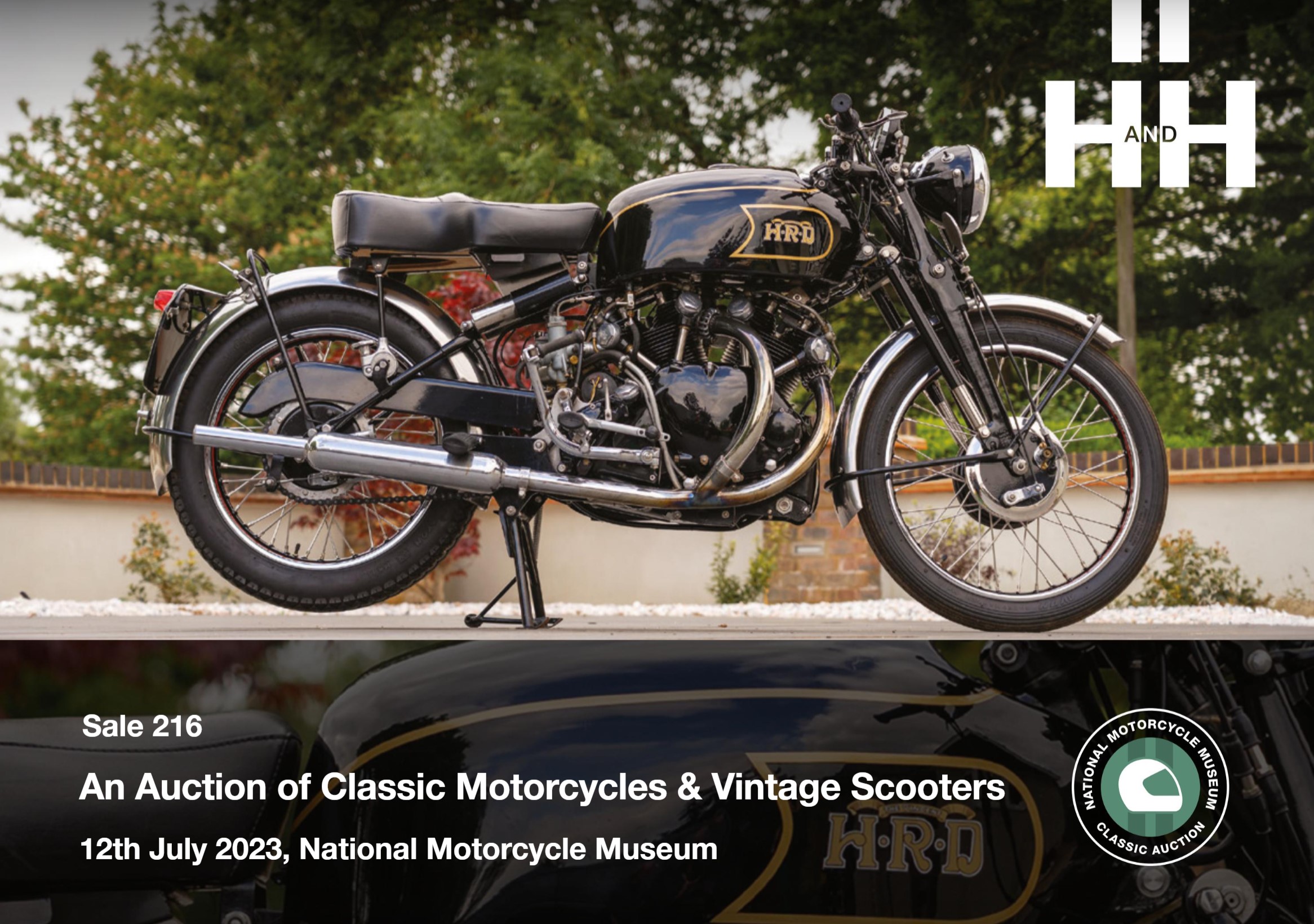
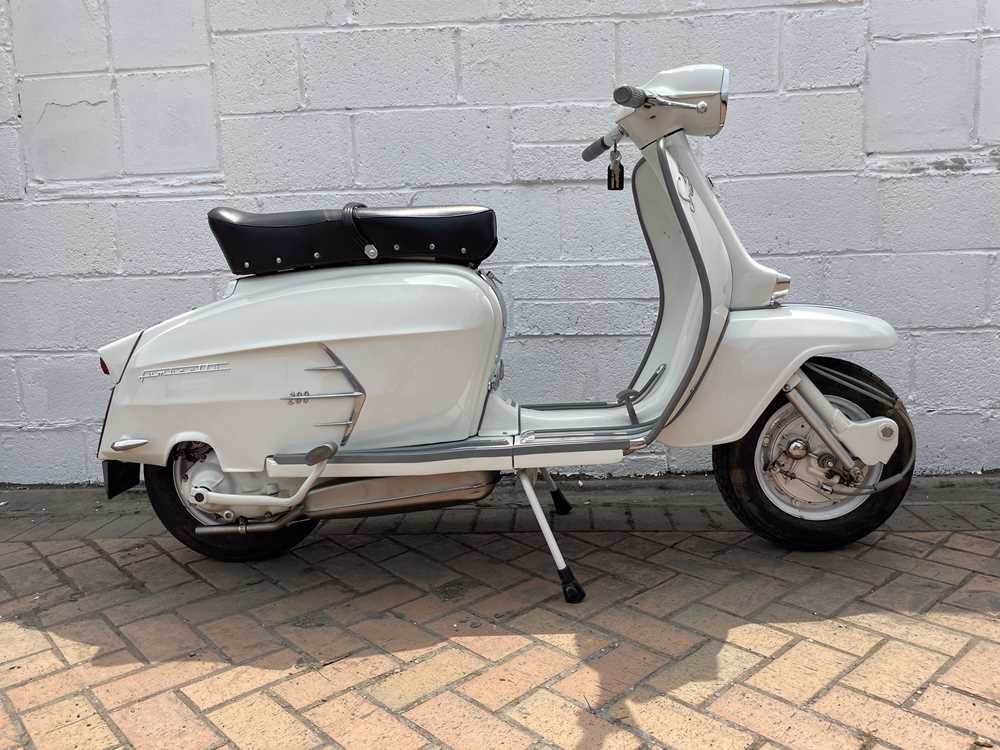
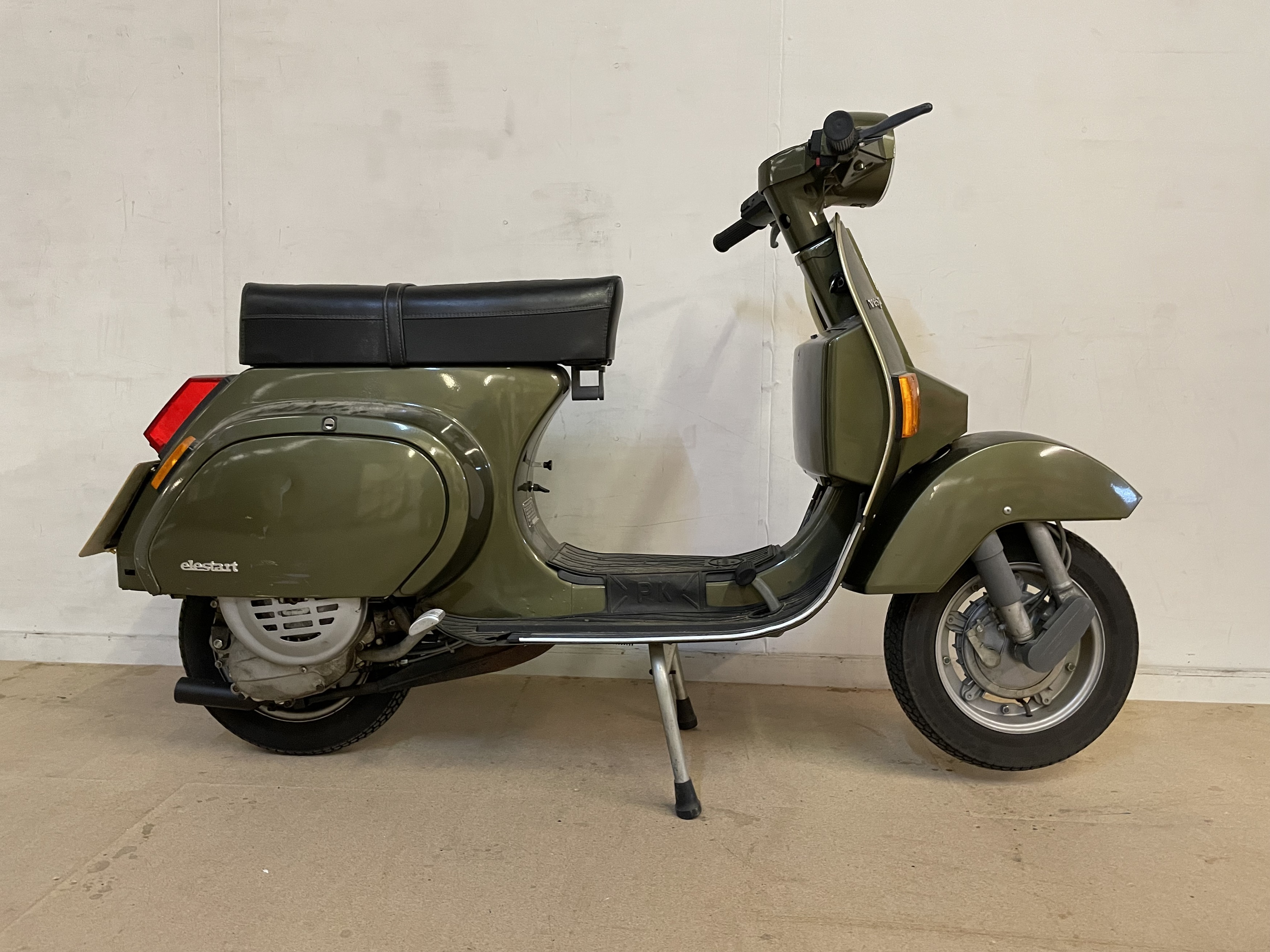
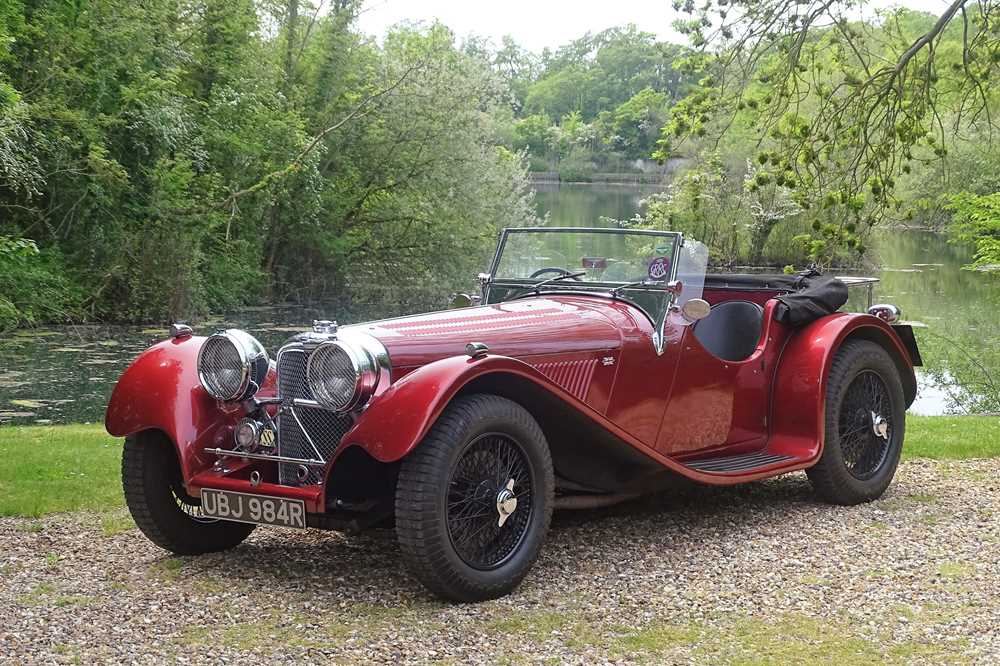



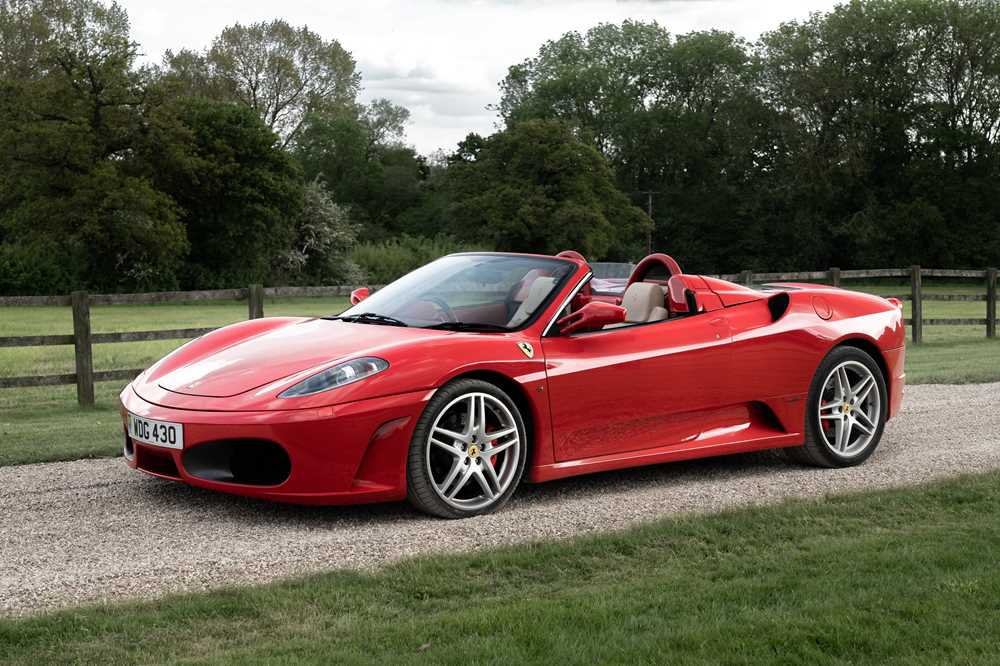
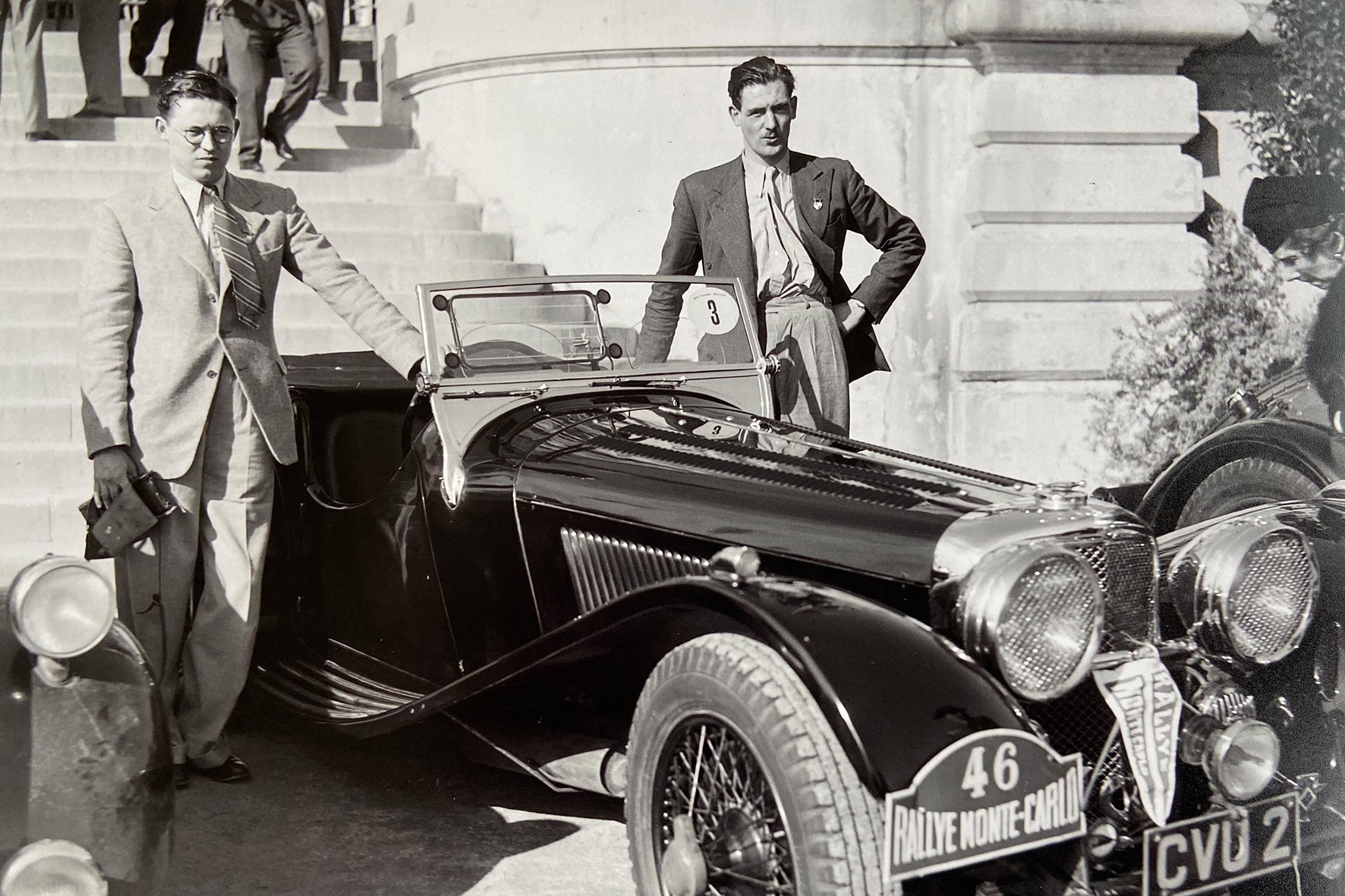
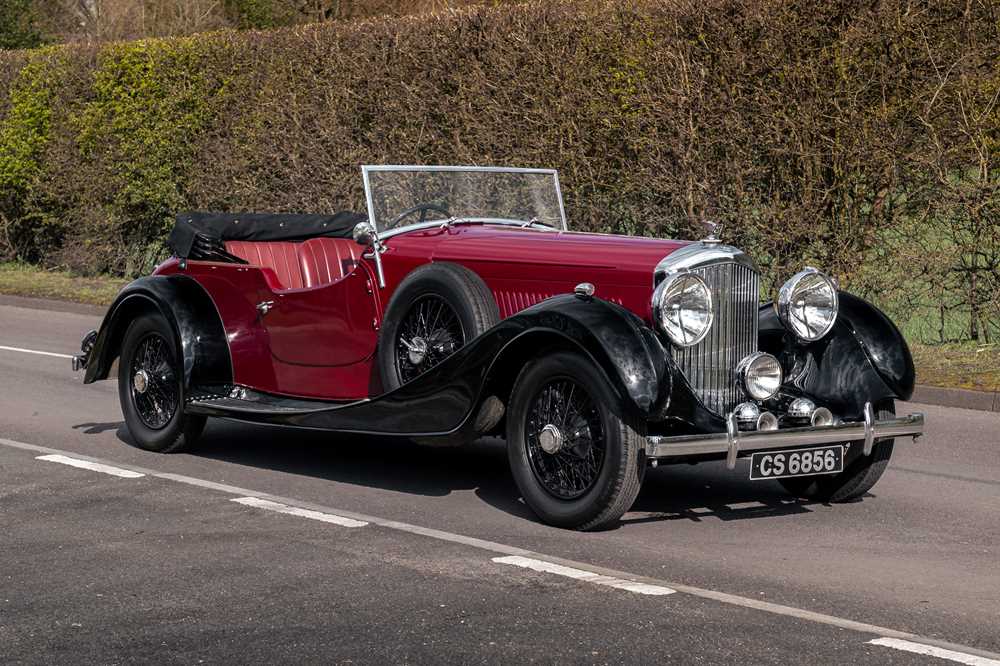

.jpg)



